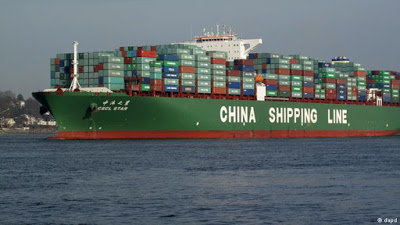The year began with US President-elect threatening to cite China as a currency manipulator and to impose a tariff on Chinese imports. Neither step was taken. The US withdrew from the Trans-Pacific Partnership, which had been negotiated for several years and was an important economic component of the US “pivot to Asia.”

Into the summer and early fall, top administration officials reportedly saw encouraging signs. Treasury and Commerce secretaries were highlighting constructive developments. President Trump himself boasted of $250 bln in new deals with China from is recent visit.However, more recently, the tone has soured.
Malpass, the Under-Secretary of Treasury for International Affairs was quite candid in a recent interview carried in the Financial times. Malpass was explicit:China is not moving toward a market economy. This has stalled the Comprehensive Economic Dialogue, which is the Trump Administration’s version of the structured bilateral talks that began under Bush and continued under Obama.
The role of state-owned enterprises, and stalled, if not reversed, price liberalization is frustrating, and this serves to strengthen the hand of the trade hawks in the administration, like Navarro and Lighthizer. The Commerce Department has conducted investigations into steel and aluminum trade on national security grounds, without conclusion. Concerns about retaliation appeared to have prevent stronger action.
Even in the effort to isolate North Korea, the US has been careful about antagonizing China. China’s declaratory policy is to resist what it calls the extraterritorial intervention. Chinese banks are not subject to US law so sanctions imposed on Chinese companies are not legitimate. Still, the US applied sanctions to one of China’s smallest banks Bank of Dandong). China has also moved against the few Chinese executives the US has identified as helping North Korea.













Leave A Comment